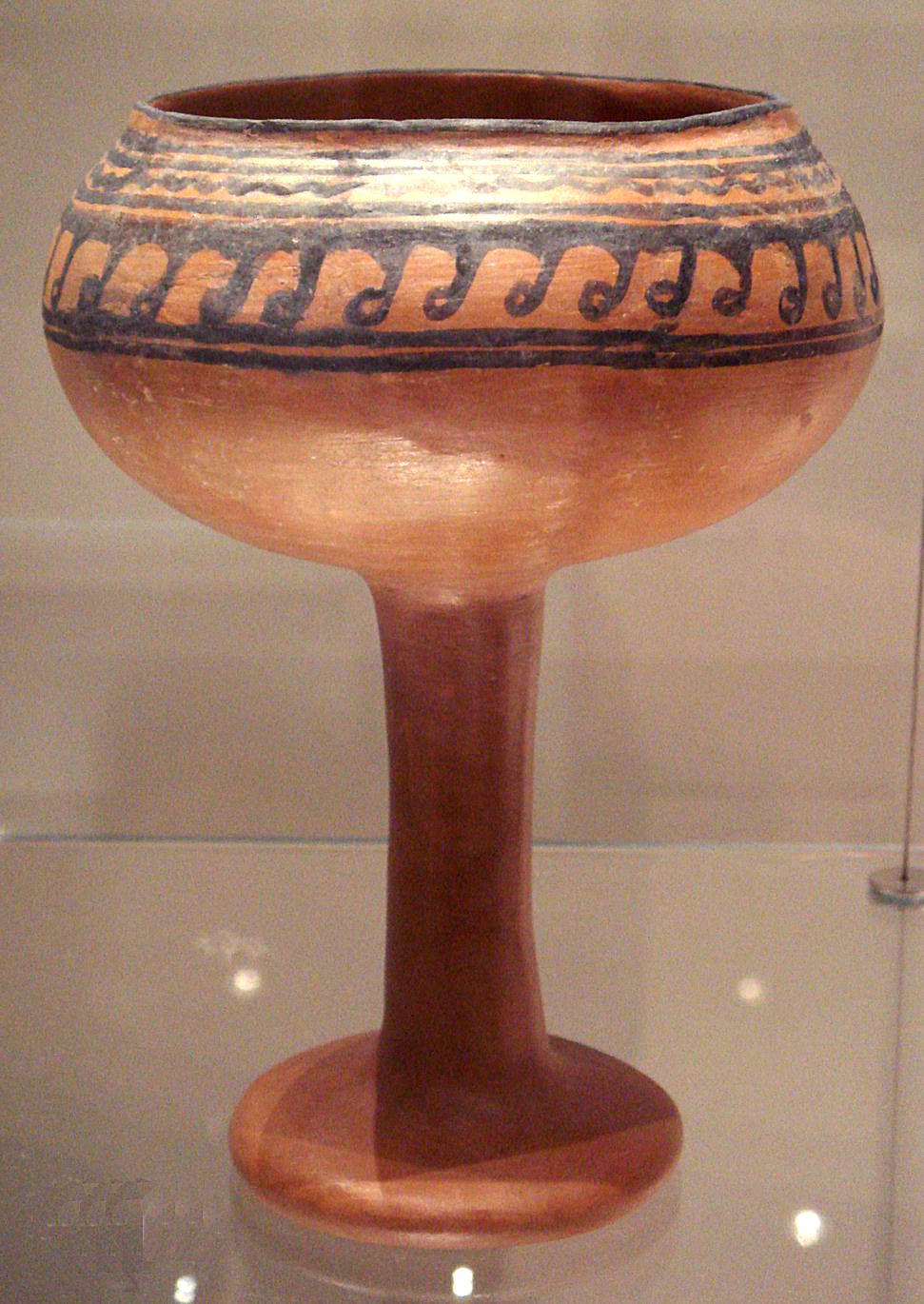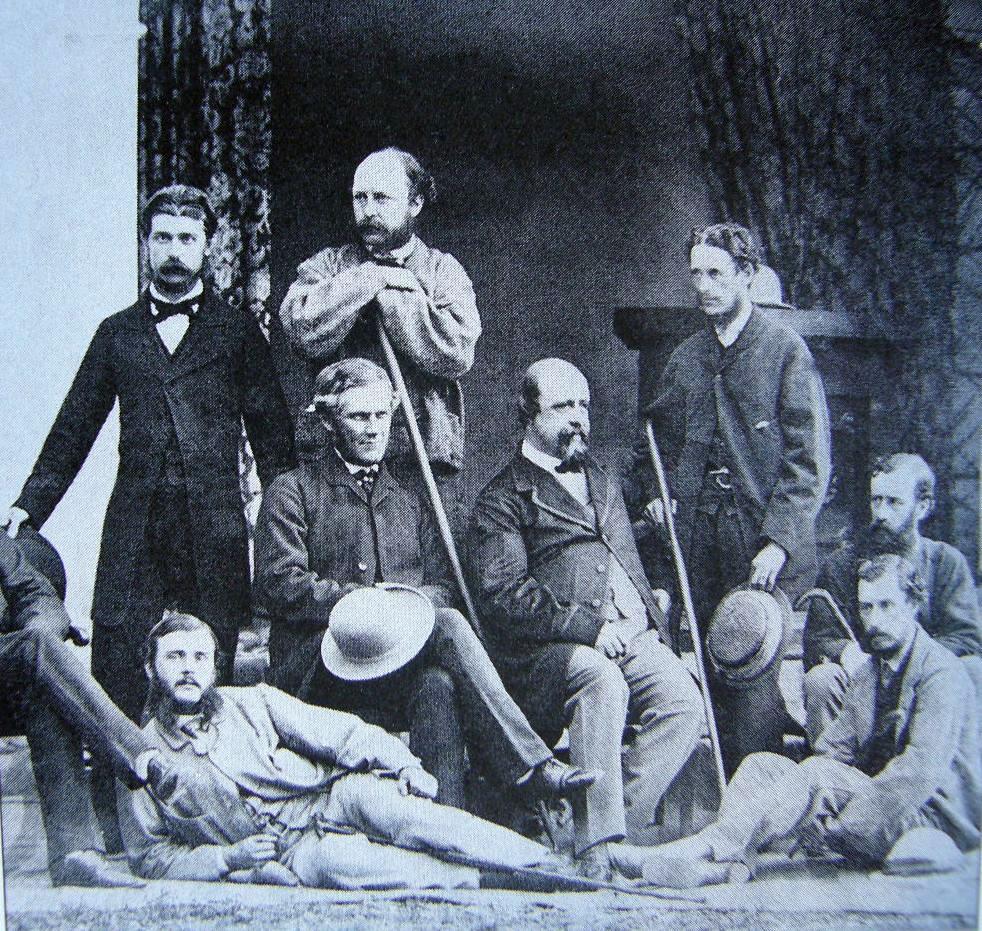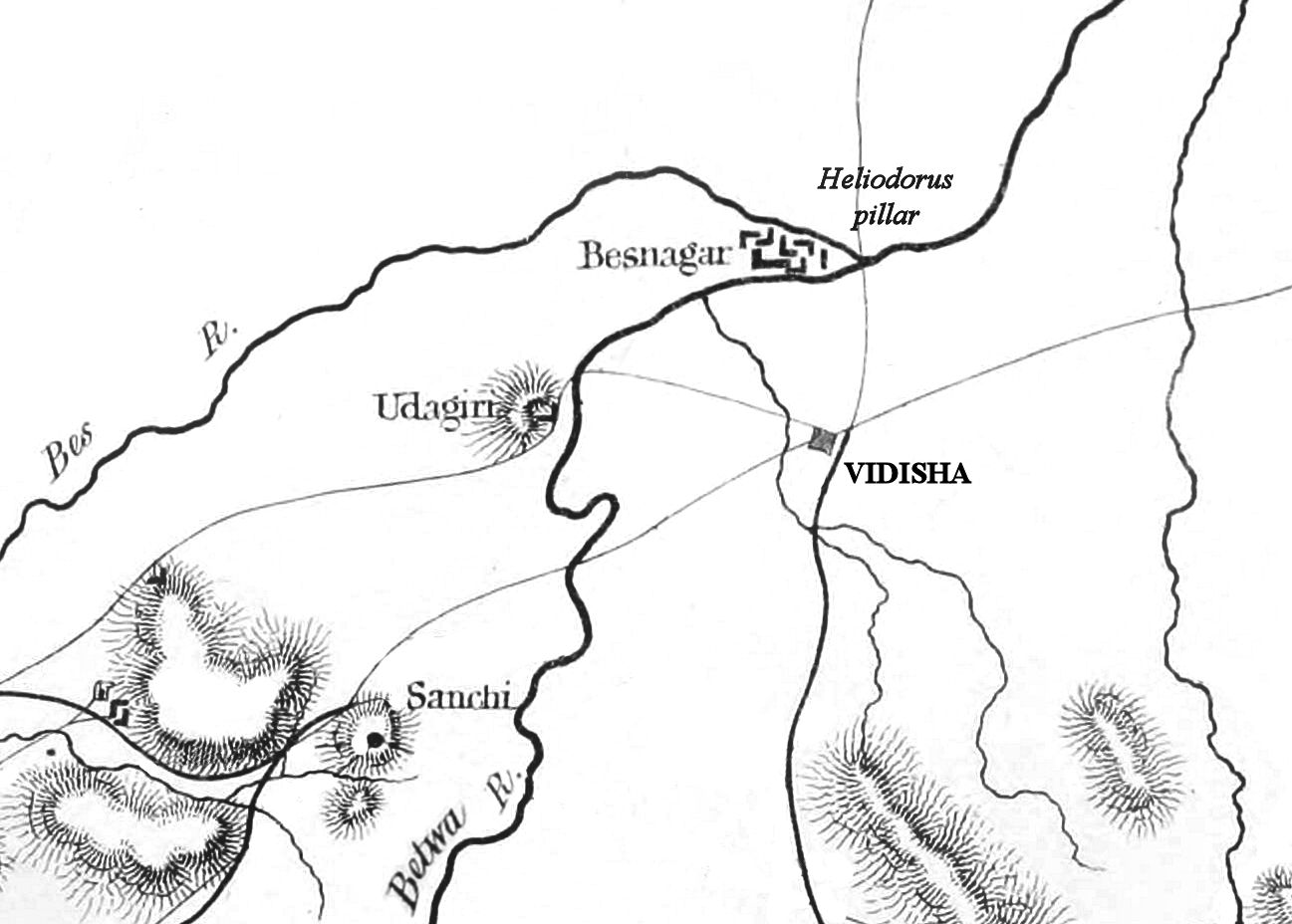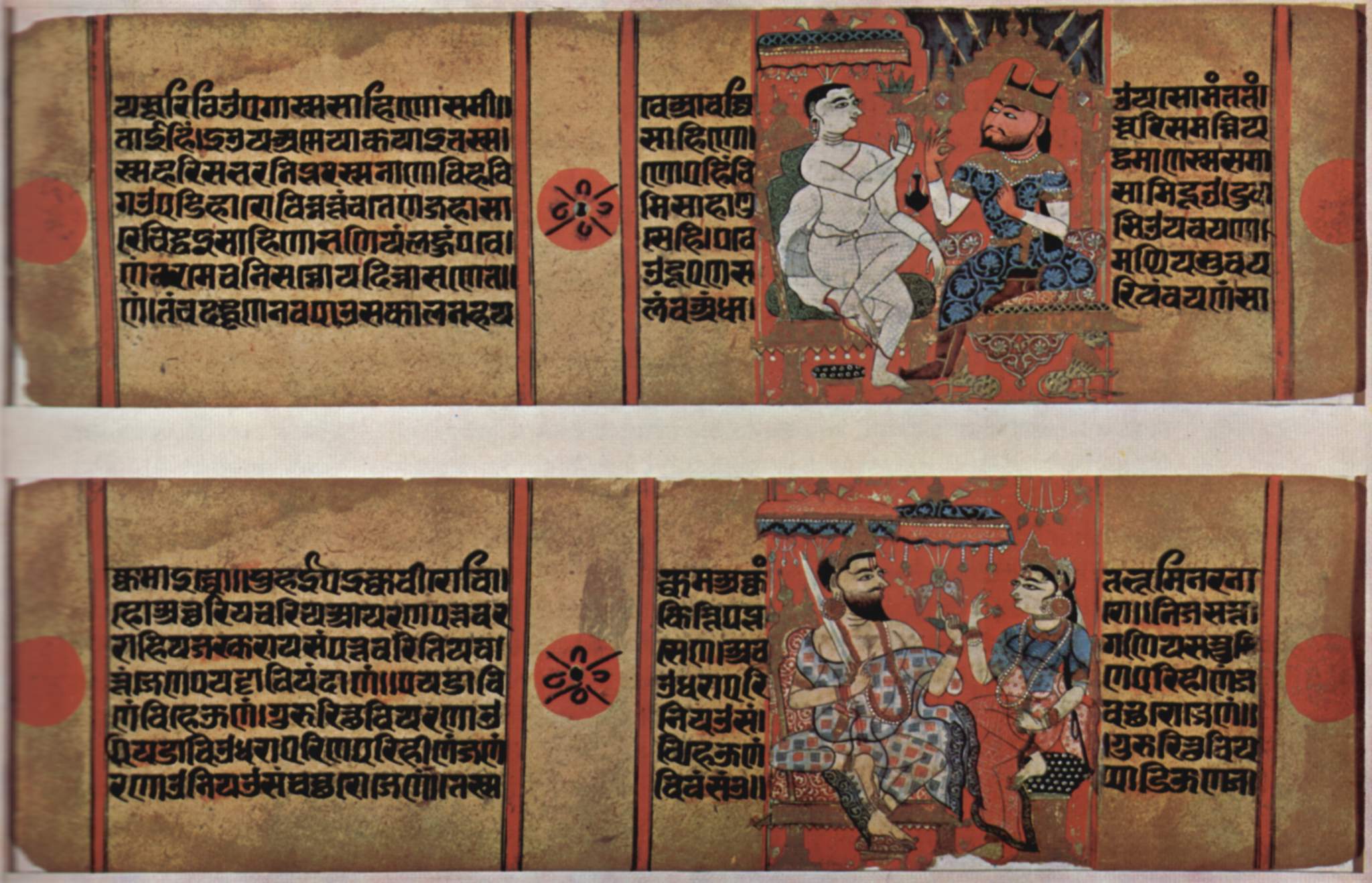|
Jayasimha II (Paramara Dynasty)
Jayavarman II (ruled c. 1255-1274 CE), also known as Jayasimha II, was a king of the Paramara dynasty in central India. He ruled in the Malwa region, succeeding his elder brother Jaitugi. The king is mentioned by the names "Jayavarman" or "Jayasimha" in his various inscriptions. In the 1274 CE Mandhata copper-plate inscription, he is mentioned as both "Jayavarman" and "Jayasimha". In the past, there was some controversy among historians whether Jayavarman and Jayasimha were two different individuals. Multiple inscriptions of Jayavarman mention that he stayed at Mandapa-Durga (present-day Mandu). Jayavarman or his predecessor Jaitugi might have moved from the traditional Paramara capital Dhara to Mandu, which offered a better defensive position, protected by the surrounding hills and the Narmada valley. This may have happened because of attacks of threats of attack from the neighbouring kingdoms. Balban, the general of the Delhi's Sultan Nasir-ud-din, had reached the northern f ... [...More Info...] [...Related Items...] OR: [Wikipedia] [Google] [Baidu] |
Malwa
Malwa () is a historical region, historical list of regions in India, region of west-central India occupying a plateau of volcanic origin. Geologically, the Malwa Plateau generally refers to the volcanic plateau, volcanic upland north of the Vindhya Range. Politically and administratively, it is also synonymous with the former state of Madhya Bharat which was later merged with Madhya Pradesh. At present the historical Malwa region includes districts of western Madhya Pradesh and parts of south-eastern Rajasthan. Sometimes the definition of Malwa is extended to include the Nimar region south of the Vindhya Range, Vindhyas. The Malwa region had been a separate political unit from the time of the ancient Malava Kingdom. It has been ruled by several kingdoms and dynasties, including the Avanti (India), Avanti Kingdom, The Maurya Empire, Mauryans, the Malavas, the Gupta Empire, Guptas, the Paramara dynasty, Paramaras, The Rajput, Rajputs, the Delhi Sultanate, the Malwa Sultanate, M ... [...More Info...] [...Related Items...] OR: [Wikipedia] [Google] [Baidu] |
Vaghela Dynasty
The Vaghela dynasty ruled the Kingdom of Gujarat in India in the 13th century CE, with their capital at Dholka. They were the last Hindu dynasty to rule Gujarat before the Muslim conquest of the region. Early members of the Vaghela family served the Chaulukya dynasty in the 12th century CE, and claimed to be a branch of that dynasty. In the 13th century, during the reign of the weak Chaulukya king Bhima II, the Vaghela general Lavanaprasada and his son Viradhavala gained a large amount of power in the kingdom, although they continued to nominally acknowledge Chaulukya suzerainty. In the mid-1240s, Viradhavala's son Visaladeva usurped the throne, and his successors ruled Gujarat until Karna Vaghela was defeated by Nusrat Khan of the Delhi Sultanate in 1304 CE, and lost Gujarat. Origin The Vaghelas usurped power from the Chaulukya dynasty. According to the 14th century chronicler Merutunga, the earliest known member of the Vaghela family – "Dhavala" – married ... [...More Info...] [...Related Items...] OR: [Wikipedia] [Google] [Baidu] |
Chandela
The Chandelas of Jejakabhukti was an Indian dynasty in Central India. The Chandelas ruled much of the Bundelkhand region (then called ''Jejakabhukti'') between the 9th and the 13th centuries. They belonged to the Chandel clan of the Rajputs. The Chandelas initially ruled as feudatories of the Gurjara-Pratiharas of Kanyakubja (Kannauj). The 10th century Chandela ruler Yashovarman became practically independent, although he continued to acknowledge the Pratihara suzerainty. By the time of his successor Dhanga, the Chandelas had become a sovereign power. Their power rose and declined as they fought battles with the neighbouring dynasties, especially the Paramaras of Malwa and the Kalachuris of Tripuri. From the 11th century onwards, the Chandelas faced raids by the northern Muslim dynasties, including the Ghaznavids and the Ghurids. The Chandela power effectively ended around the beginning of the 13th century, following Chahamana and Ghurid invasions. The Chandelas are well k ... [...More Info...] [...Related Items...] OR: [Wikipedia] [Google] [Baidu] |
Maharajadhiraja
Maharaja (also spelled Maharajah or Maharaj; ; feminine: Maharani) is a royal title in Indian subcontinent of Sanskrit origin. In modern India and medieval northern India, the title was equivalent to a prince. However, in late ancient India and medieval south India, the title denoted a king. The form "Maharaj" (without "-a") indicates a separation of noble and religious offices, although since in Marathi the suffix ''-a'' is silent, the two titles are near homophones. Historically, the title "Maharaja" has been used by kings since Vedic times and also in the second century by the Indo-Greek rulers (such as the kings Apollodotus I and Menander I) and then later by the Indo-Scythians (such as the king Maues), and also the Kushans as a higher ranking variant of "Raja". Eventually, during the medieval era, the title "Maharaja" came to be used by sovereign princes and vassal princes, and the title " Maharajadhiraja" was used by sovereign kings. Eventually, during the Mu ... [...More Info...] [...Related Items...] OR: [Wikipedia] [Google] [Baidu] |
Alexander Cunningham
Major General Sir Alexander Cunningham (23 January 1814 – 28 November 1893) was a British Army engineer with the Bengal Sappers who later took an interest in the history and archaeology of India. In 1861, he was appointed to the newly created position of archaeological surveyor to the British Raj, government of India; and he founded and organised what later became the Archaeological Survey of India. He wrote numerous books and monographs and made extensive collections of artefacts. Some of his collections were lost, but most of the gold and silver coins and a fine group of Buddhist sculptures and jewellery were bought by the British Museum in 1894. He was also the father of mathematician Allan J. C. Cunningham, Allan Cunningham. Early life and career Cunningham was born in London on 23 January 1814 to the Scotland, Scottish poet Allan Cunningham (author), Allan Cunningham (1784–1842) and his wife Jean née Walker (1791–1864). Along with his older brother, Joseph Dave ... [...More Info...] [...Related Items...] OR: [Wikipedia] [Google] [Baidu] |
Vidisha
Vidisha (विदिशा, formerly known as Bhelsa and known as Besnagar and Bhaddilpur in ancient times) is a city in Indian state of Madhya Pradesh and the administrative headquarters of Vidisha district. It is located 62.5 km northeast of the state capital, Bhopal. The name "Vidisha" is derived from the nearby river "Bais", mentioned in the Puranas. The district was created as Bhilsa District in 1904 by joining the tehsils of Vidisha (also known as Bhilsa) and Basoda (but not Basoda State) which were then part of Gwalior state. After India's independence in 1947, the former princely state of Gwalior became part of Madhya Bharat state, which was formed in 1948. Vidishā was the administrative headquarters of Bhelsa, or Bhilsa, during the Medieval period. It was renamed Vidisha in 1956. Vidisha is also amongst the 112 Aspirational District in the Aspirational District Programme launched by NITI Aayog in 2018. Towards the seventh or eighth century, Bhadravati was ra ... [...More Info...] [...Related Items...] OR: [Wikipedia] [Google] [Baidu] |
Vikrama Samvat
Vikram Samvat (ISO: ''Vikrama Saṁvata''; abbreviated VS), also known as the Vikrami calendar is a Hindu calendar historically used in the Indian subcontinent and still also used in several Indian states and Nepal. It is a lunisolar calendar, using twelve to thirteen lunar months each solar sidereal years. The year count of the Vikram Samvat calendar is usually 57 years ahead of the Gregorian calendar, except during January to April, when it is ahead by 56 years. Vikram Samvat is an official calendar of Nepal. And unlike India where it is used only for religious dates, the solar version of Vikram Samvat is an official calendar used for everything from school sessions to legal contracts to any official functions. History A number of ancient and medieval inscriptions used the Vikram Samvat. Although it was reportedly named after the legendary king Vikramaditya, the term "Vikrama Samvat" does not appear in the historical record before the 9th century; the same calendar syste ... [...More Info...] [...Related Items...] OR: [Wikipedia] [Google] [Baidu] |
Nagari Script
Nagari may refer to: Writing systems * Nāgarī script, a script used in India during the first millennium * Devanagari, a script used since the late first millennium and currently in widespread use for the languages of northern India * Nandinagari, a script used in southern India from the late first millennium until the 19th century * Sylheti Nagari, a script used in the Sylhet area of Bangladesh and nearby parts of India Places * Nagari, Andhra Pradesh, a town in India ** Nagari Assembly constituency * Nagari, Rajasthan, a village in India Other uses * Nagari (surname) * Nagari (settlement), an administrative unit in parts of Sumatra, Indonesia * Bolwell Nagari, a sports car produced in Australia by Bolwell * Nagari, a clan of the Gujjar / Gurjar The Gurjar (or Gujjar, Gujar, Gurjara) are an agricultural ethnic community, residing mainly in India, Pakistan, and Afghanistan, divided internally into various clan groups. They were traditionally involved in agriculture, ... [...More Info...] [...Related Items...] OR: [Wikipedia] [Google] [Baidu] |
Sanskrit
Sanskrit (; stem form ; nominal singular , ,) is a classical language belonging to the Indo-Aryan languages, Indo-Aryan branch of the Indo-European languages. It arose in northwest South Asia after its predecessor languages had Trans-cultural diffusion, diffused there from the northwest in the late Bronze Age#South Asia, Bronze Age. Sanskrit is the sacred language of Hinduism, the language of classical Hindu philosophy, and of historical texts of Buddhism and Jainism. It was a lingua franca, link language in ancient and medieval South Asia, and upon transmission of Hindu and Buddhist culture to Southeast Asia, East Asia and Central Asia in the early medieval era, it became a language of religion and high culture, and of the political elites in some of these regions. As a result, Sanskrit had a lasting effect on the languages of South Asia, Southeast Asia and East Asia, especially in their formal and learned vocabularies. Sanskrit generally connotes several Indo-Aryan languages# ... [...More Info...] [...Related Items...] OR: [Wikipedia] [Google] [Baidu] |
Pathari
Pathari is a town in Vidisha district, it's also a tehsil headquarter. Many tourist attractions in the Indian States and territories of India, state of Madhya Pradesh loceted here. Geography Pathari is located at . It is located close to a lake on a hillock with an elevation of 550 metres. There are ancient ruins and caves close to the town in an area known as Badoh-Pathari. History During the British Raj era, Pathari was the capital of Pathari State, one of several princely states of the Central India Agency. Pathari State was established by the Nawabzada Hayder Mohammad Khan of Orakzai Clan Mirazikhel tribe. The State of Bhopal and Rahatgarh later Rahatgarh state become Pathari after losing rule over Rahatgarh by East India Company was founded in 1723 by Sardar Dost Muhammad Khan, from Tirah in Afghanistan, a descendant of the Mirazi Khel branch of the Warakzais (Orakzai) Pathans. He entered the service of Emperor Aurangzeb and had been appointed Governor of Bhairs ... [...More Info...] [...Related Items...] OR: [Wikipedia] [Google] [Baidu] |
Bhilsa
Vidisha (विदिशा, formerly known as Bhelsa and known as Besnagar and Bhaddilpur in ancient times) is a city in Indian state of Madhya Pradesh and the administrative headquarters of Vidisha district. It is located 62.5 km northeast of the state capital, Bhopal. The name "Vidisha" is derived from the nearby river "Bais", mentioned in the Puranas. The district was created as Bhilsa District in 1904 by joining the tehsils of Vidisha (also known as Bhilsa) and Basoda (but not Basoda State) which were then part of Gwalior state. After India's independence in 1947, the former princely state of Gwalior became part of Madhya Bharat state, which was formed in 1948. Vidishā was the administrative headquarters of Bhelsa, or Bhilsa, during the Medieval period. It was renamed Vidisha in 1956. Vidisha is also amongst the 112 Aspirational District in the Aspirational District Programme launched by NITI Aayog in 2018. Towards the seventh or eighth century, Bhadravati was rai ... [...More Info...] [...Related Items...] OR: [Wikipedia] [Google] [Baidu] |









